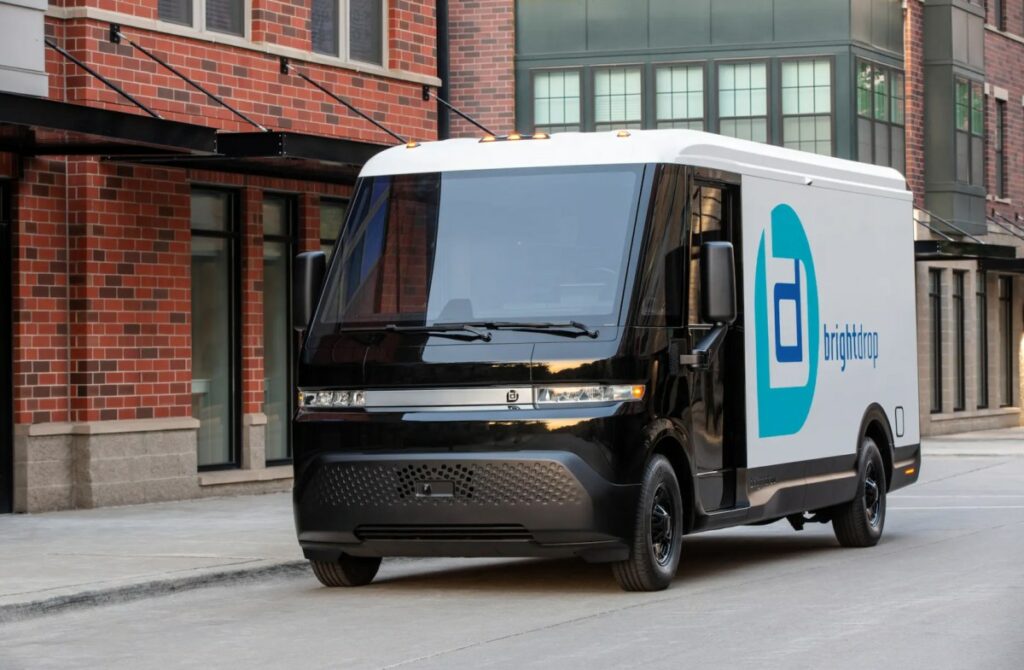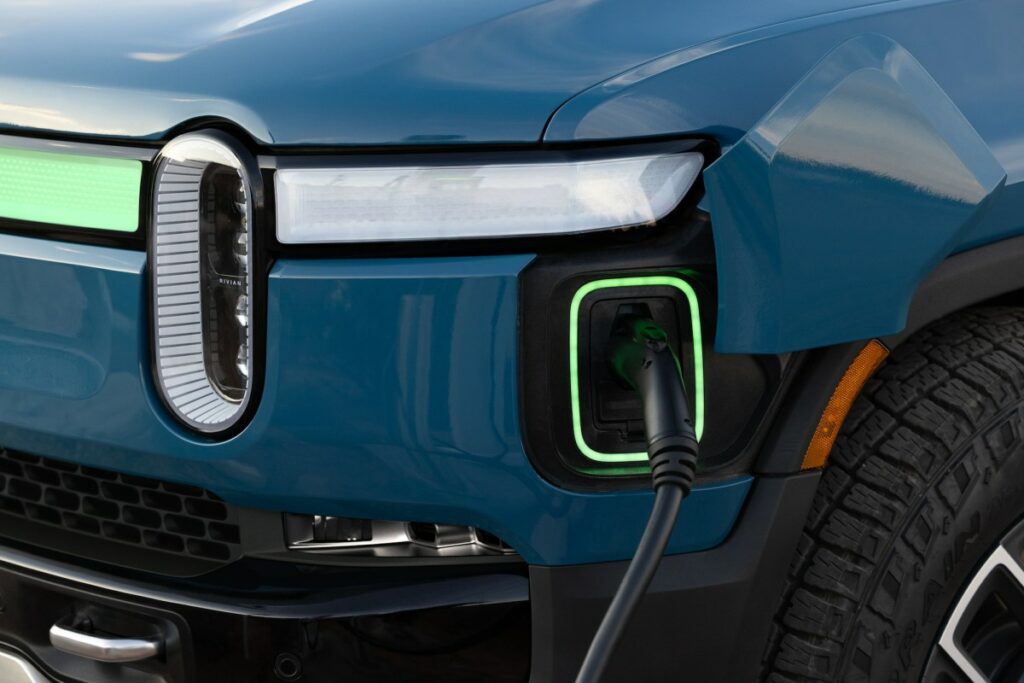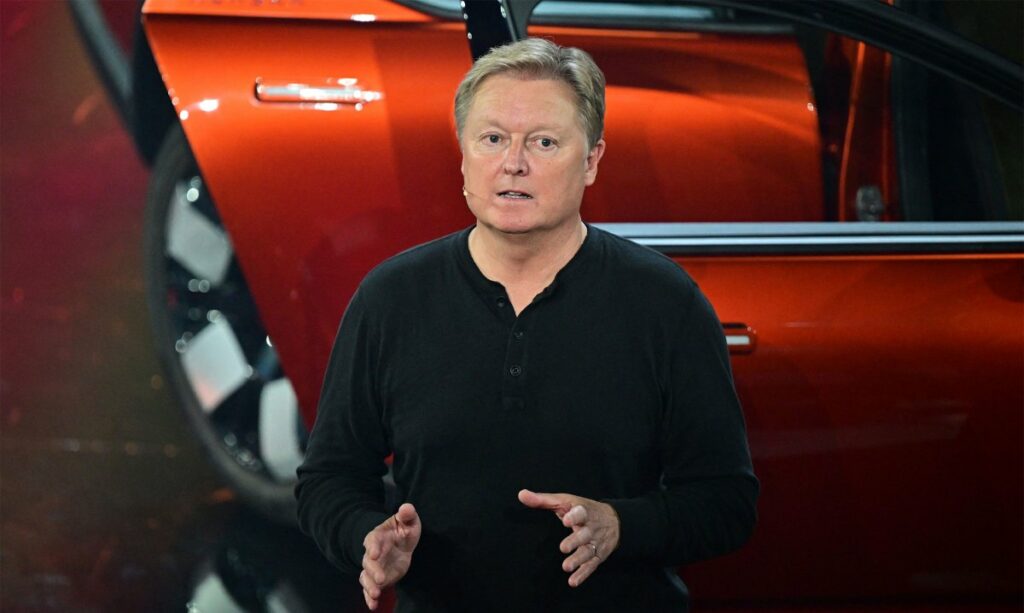General Motors is abandoning its BrightDrop electric delivery vans, just four years after introducing the vehicles.
The company announced Tuesday alongside third-quarter earnings that it made the decision because the “commercial electric delivery van market developed much slower than expected.” GM also blames the “changing regulatory environment and the elimination of tax credits in the United States” — the result of the second Trump administration’s hostility toward EVs.
BrightDrop production has been suspended at GM’s CAMI Assembly facility in Ontario, Canada since May, when the company also cut 500 jobs. GM said Tuesday that it needs to have “meaningful discussions” with government leaders in Canada about “opportunities” for the plant. In the meantime, GM told TechCrunch that BrightDrop dealers will “continue to sell and service vehicles as we work through remaining inventory.”
The decision to kill off BrightDrop comes at an odd moment for electric vehicles in the United States. Companies like GM set new EV sales records in the third quarter, though that enthusiasm was driven in part by the expiration of the federal tax credit, which Republicans in Congress decided to end.
Meanwhile, major automakers like GM have spent much of the last year walking back once-lofty promises about how many EVs they plan to make and sell in the coming years. GM, which once pledged to have a fully-electric fleet by 2035, boasted on Tuesday that it is “well positioned to meet strong, sustained demand” for internal combustion vehicles. (Investors have rewarded that decision. GM’s stock price is up 14% at the time of publish.)
BrightDrop’s short existence has been chaotic. GM revealed the program as a pseudo-startup in 2021. The automaker created BrightDrop in its “Global Innovation” organization (which is where OnStar was built) and spun it out as a privately-held company.
BrightDrop launched at the Consumer Electronics Show that year. The automaker touted a lower total cost of ownership and less frequent maintenance as advantages over its internal combustion counterparts. BrightDrop vans seemed poised to quickly take advantage of the fact that major companies like FedEx were pushing to go carbon-neutral and emissions-free. BrightDrop also came into existence at a time when the pandemic was fueling a huge e-commerce surge, upping the need for delivery vans.
Techcrunch event
San Francisco
|
October 27-29, 2025
Just two years later, GM absorbed BrightDrop into its overall fleet business, GM Envolve. The unit’s CEO, Travis Katz, stepped down. Some of the vans started catching fire, sparking a recall in early 2024. Then GM moved BrightDrop again, this time to within Chevrolet’s commercial division. The automaker continued to struggle to sell BrightDrop vans this year, barely topping 1,500 sold in the first half.
It’s unclear why, exactly, GM struggled so mightily to sell its BrightDrop vans. And while there were plenty of indicators the unit was struggling, the decision appears to have come somewhat abruptly. Earlier this month, GM Envolve vice president Ian Hucker was touting BrightDrop’s vans in a press release about a partnership with delivery driver organization Frontdoor Collective and infrastructure company Circuit EV. That partnership is supposed to provide 50 BrightDrop vans for Target to use in the Dallas-Fort Worth area.
GM isn’t alone; Sales of Ford’s E-Transit van are well below where they were in 2024. But Rivian has put more than 25,000 electric vans on the road with Amazon over the last few years. And Los Angeles-based startup Harbinger has sold more than 200 of its electric truck chassis since starting production in April. On Tuesday morning, Harbinger also announced it is expanding sales to Canada.


